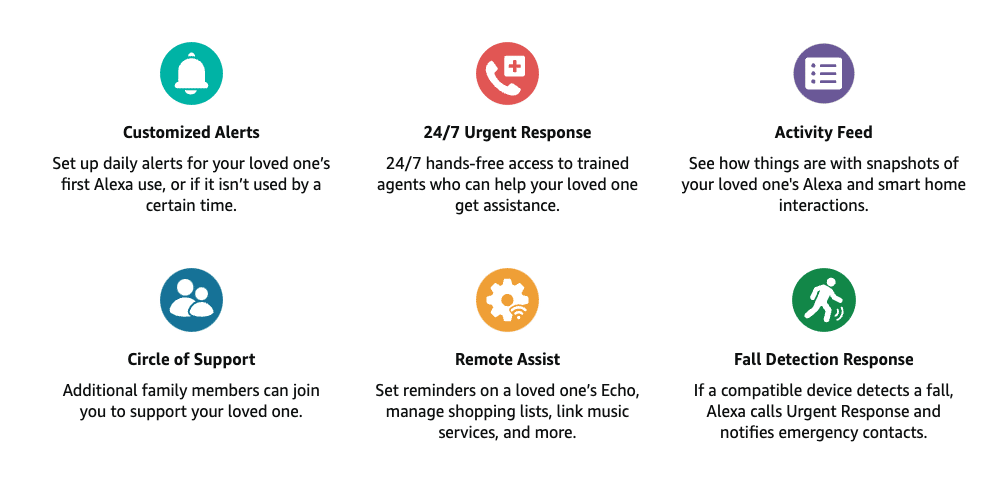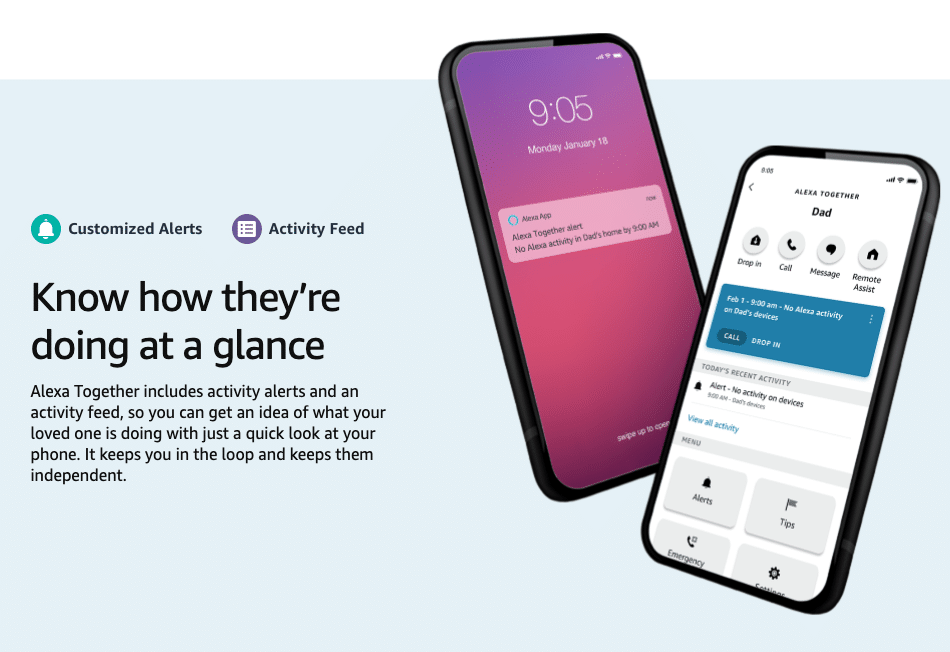After working with several enterprise companies that made acquisition part of their growth strategy, I observed a common stumbling block.
Although tremendous care and effort went into identifying the value the acquired company would bring to their portfolio, once the acquisition was made, the newly merged teams were left to “just figure it out.”
More often than not, the acquired company has not only differing but clashing processes and cultures that create an “us-versus-them” scenario. Not only is this counter-productive, but it also makes executing a unified vision that maximizes the portfolio value much more difficult.
Getting everyone on the same page requires leadership that doesn’t have bias over the process so they can think objectively about the organization’s broader product vision or service design. Because objectivity is crucial during this phase, the CEO of the acquired or acquiring company may not be the ideal person to do this.
An external perspective can stay open-minded and focused on the desired user outcomes that optimize the strengths of the legacy products and the newly acquired ones to create a more powerful, differentiated experience. This inspires the out-of-the-box thinking needed to look beyond simply adding features and answer the question.
“How might we ingrain the capabilities of the acquired company into the broader product ecosystem to provide our users with optimal value?”
The Apple ecosystem is a great example of this idea. If you’re looking for a smartwatch, your options are endless. But if you already have an Apple Macbook and iPhone, you quickly realize that the Apple Watch will do much more than just tell time and track fitness. Only the Apple Watch will unlock your computer and phone without typing in a password. It will deliver your texts and make calls.
Because they integrated the Apple Watch seamlessly into the larger Apple ecosystem, Apple could design a product that went beyond delivering feature sets and maximized the brand’s overall value in the customer’s mind. You can take the same approach when considering how to leverage the capabilities of a newly acquired company.
Working together to identify new jobs to be done
Your organization may have identified similar opportunities to expand your ecosystem, which was why you made the acquisition and joined forces in the first place. But determining how to realize this in your products or services requires digging deep into how you communicate that vision internally. You need buy-in from stakeholders from the newly acquired company and the legacy company to do this successfully.
Subject matter experts from both sides are a must to craft a vision. Everyone involved needs to feel motivated, take ownership, and collaborate effectively as one team, so clear and concise success criteria are essential to ensuring everyone focuses on the same outcome. If one “side” dictates or dominates, the whole initiative will break down or become a political minefield that jeopardizes product development and organizational culture.
Having your customers lead the conversation is one of the most effective ways to ensure your products and services deliver the greatest impact. Clayton Christianson’s “jobs-to-done” (JTBD) framework breaks down how to understand customer needs by thinking about the “tasks” they need to do that take time out of their day.
Instead of relying on a customer to want your product, they are now “hiring” you to solve their problem, which instantly raises its value. Thinking about how this acquisition can enhance those customer experiences by completing their JTBD keeps the integration process objective.
An Experience Vision that keeps teams focused
A JTBD framework guides teams to create an Experience Vision that represents the desired customer experience you want your joint solution to deliver to your customers. More than a prototype or wireframe, an Experience Vision paints a picture that spans beyond features and functionality. It outlines where you want to take your portfolio, value propositions, and how this solution weaves into your customer’s everyday life.
Experience Visions can take many forms: a customer journey map, a storyboard, a video – or a combination of formats. It should span three to five years, so it is attainable enough not to be discredited and yet bold enough to excite and motivate everyone involved.
Some firms will create faux marketing sites to capture and communicate Experience Visions for clients. Amazon’s marketing sites for the Alexa product line demonstrate what an Experience Vision should cover.


This example:
- Clearly states the job-to-be-done of caring for a loved one
- Communicates the value propositions that Alexa is uniquely positioned to provide
- Sets the experience in context with the user’s daily life
Of course, the Alexa site markets a product that now exists. But imagine having this type of guideline at the point of building it? Access to such an experience design document would significantly affect and direct conversations about priorities, dependencies, and scope across teams.
Using Reference Designs to give individual teams autonomy
Reference Designs offer an aspirational view of how to bring your Experience Vision to life through your products. They tell the story of the most impactful points along the customer journey.
Reference Designs are key screens that visualize how to weave in the value proposition so everyone is on the same page but are high-level enough to give individual product teams autonomy to innovate. Reference Designs outline not what will be built but what might be possible.

A JTBD Framework, Experience Vision and Reference Designs are all practical tools that keep stakeholders aligned and maximize each others’ strengths. Focusing on the customer and the jobs they need to do helps inspire greater innovation within teams, regardless if the team has been assembled organically or from acquisition or merger.
An Experience Vision is an effective way to communicate internally what value your enhanced product or service will deliver. Reference Designs outline the possibilities individual teams can further explore in bringing the product to life. Want to dig deeper into how you can use an Experience Vision to dismantle silos? Read on.






